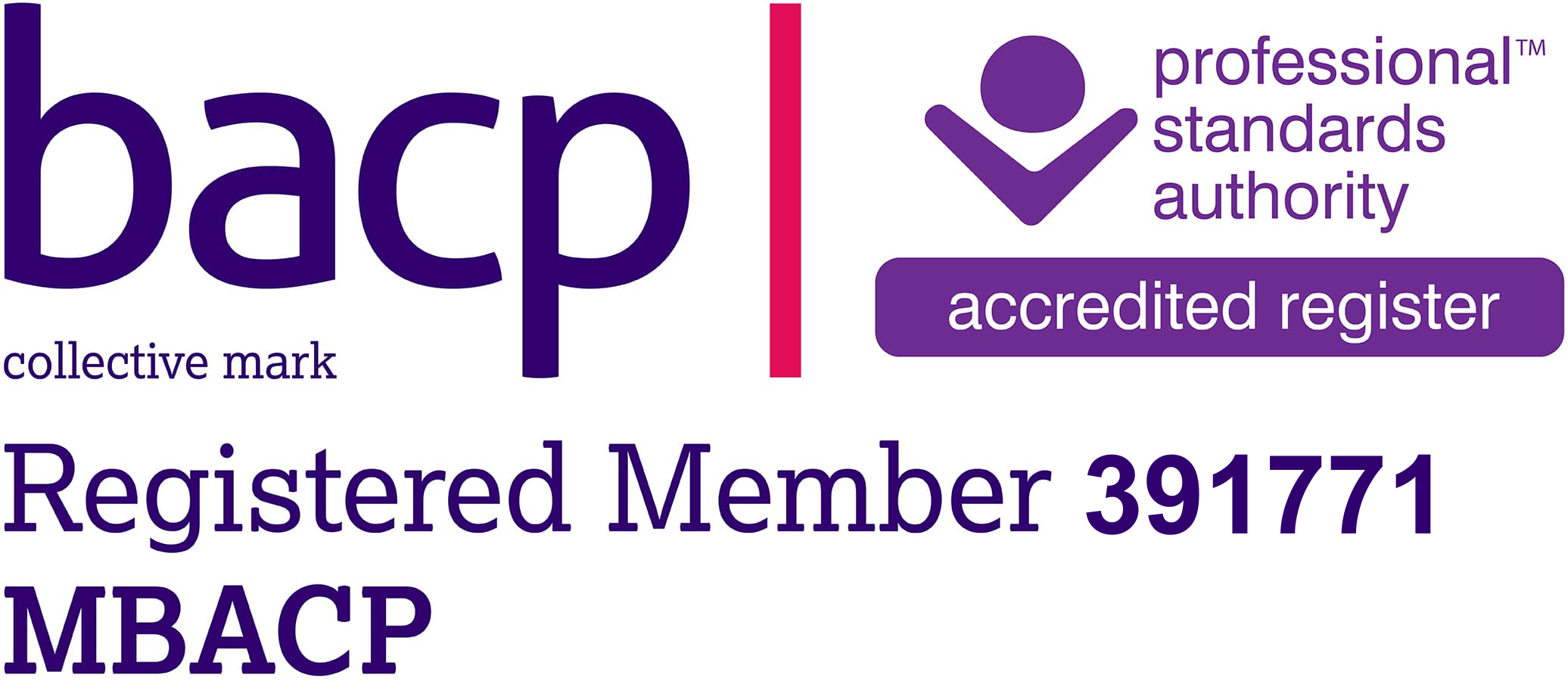Sensory Integration
Children and adults with autism, as well as those with other developmental disabilities, may have a dysfunctional sensory system. Sometimes one or more senses are either over- or under-reactive to stimulation. Such sensory problems may be the underlying reason for such behaviours as rocking, spinning, and hand-flapping. Although the receptors for the senses are located in the peripheral nervous system (which includes everything but the brain and spinal cord), it is believed that the problem stems from neurological dysfunction in the central nervous system – the brain. As described by individuals with autism, sensory integration techniques, such as pressure-touch can facilitate attention and awareness, and reduce overall arousal. Temple Grandin, in her descriptive book, Emergence: Labelled Autistic, relates the distress and relief of her sensory experiences.
Sensory integration is an innate neurobiological process and refers to the integration and interpretation of sensory stimulation from the environment by the brain. In contrast, sensory integrative dysfunction is a disorder in which sensory input is not integrated or organized appropriately in the brain and may produce varying degrees of problems in development, information processing, and behaviour. A general theory of sensory integration and treatment has been developed by Dr. A. Jean Ayres from studies in the neurosciences and those pertaining to physical development and neuromuscular function. This theory is presented in this paper.
Sensory integration focuses primarily on three basic senses – tactile, vestibular, and proprioceptive. Their interconnections start forming before birth and continue to develop as the person matures and interacts with his/her environment. The three senses are not only interconnected but are also connected with other systems in the brain. Although these three sensory systems are less familiar than vision and audition, they are critical to our basic survival. The inter-relationship among these three senses is complex. Basically, they allow us to experience, interpret, and respond to different stimuli in our environment. The three sensory systems will be discussed below.
The Tactile System
Vestibular System
Propriocetive System
Implications In general, dysfunction within these three systems manifests itself in many ways. A child may be over- or under-responsive to sensory input; activity level may be either unusually high or unusually low; a child may be in constant motion or fatigue easily.
In addition, some children may fluctuate between these extremes. Gross and/or fine motor coordination problems are also common when these three systems are dysfunctional and may result in speech/language delays and in academic under-achievement.
Behaviourally, the child may become impulsive, easily distractible, and show a general lack of planning. Some children may also have difficulty adjusting to new situations and may react with frustration, aggression, or withdrawal.
Evaluation and treatment of basic sensory integrative processes is performed by occupational therapists and/or physiotherapists.
The therapist’s general goals are: (1) to provide the child with sensory information which helps organize the central nervous system, (2) to assist the child in inhibiting and/or modulating sensory information, and (3) to assist the child in processing a more organized response to sensory stimuli.
Sensory Integration | Occupational Therapy Clinic Northern Ireland | Autism | Dyslexia | Dyspraxia





